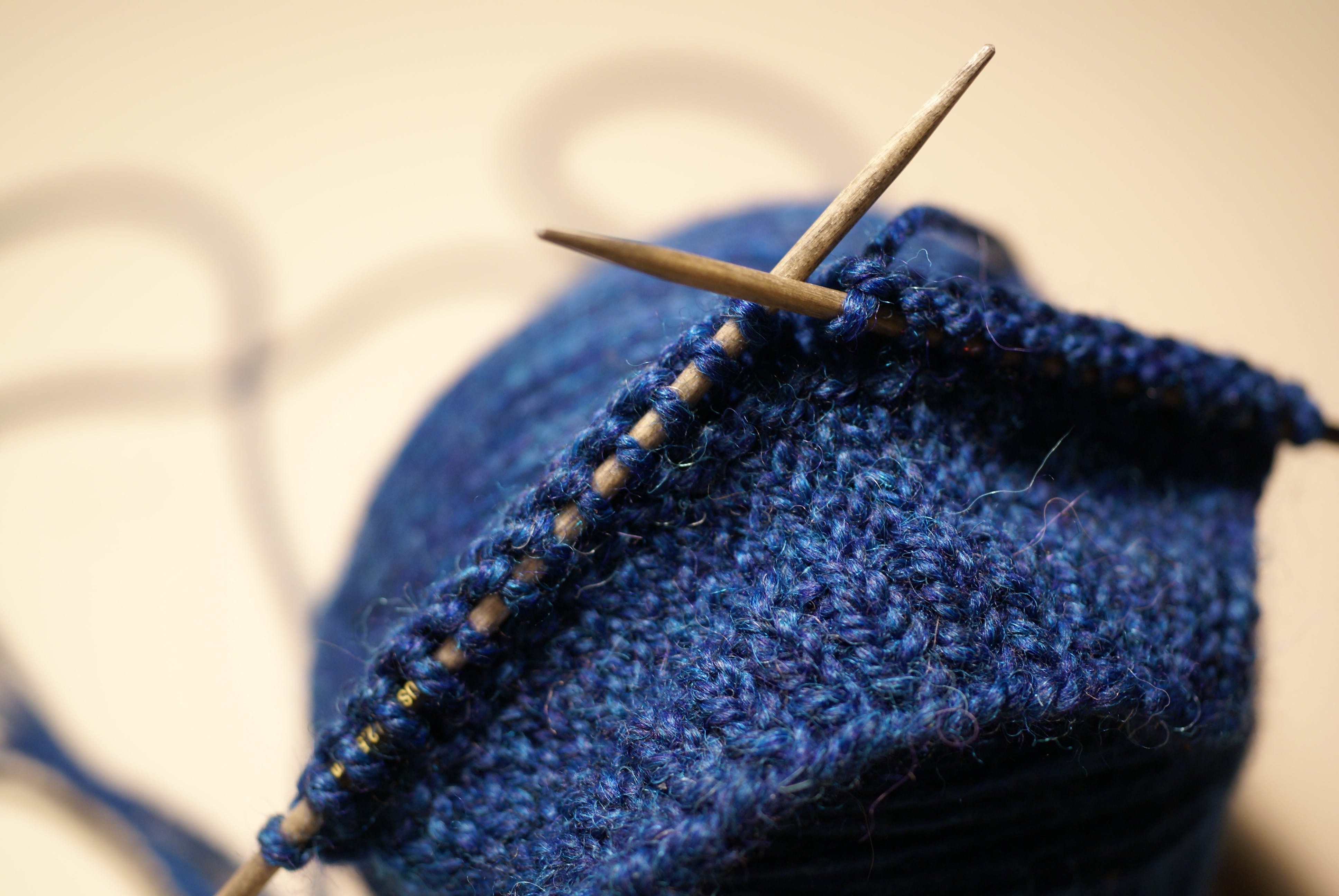Basketball Ball-Handling Techniques: From Basics to Pro
Basketball is a sport that captivates both players and spectators alike with its fast-paced action and intense competition. At the heart of this thrilling game lies the crucial skill of ball-handling. Ball-handling techniques encompass a wide range of skills, from basic dribbling and passing to advanced moves that leave opponents in awe. Mastering these techniques is essential for players at all levels, from beginners who are just starting their basketball journey to seasoned pros looking to fine-tune their skills.
One unique aspect of basketball ball-handling techniques is their immediate impact on a player’s performance on the court. Enhancing one’s ball-handling ability can significantly contribute to improved control, precision, and agility during game situations. Furthermore, it allows players to navigate through the defense more effectively, create scoring opportunities for themselves and their teammates, and maintain possession in high-pressure situations. Whether you’re a point guard orchestrating plays or a forward driving to the basket, honing your ball-handling skills can elevate your game to the next level.
In the upcoming sections of this article, we will explore some key takeaways that delve into the intricacies of basketball ball-handling techniques. We will uncover the fundamental basics that lay the foundation for all players, while also delving into advanced techniques utilized by professional athletes. By the end, you’ll have a comprehensive understanding of how to improve your ball-handling skills, regardless of your current level of expertise. So, let’s dive in and uncover the secrets to becoming a master of the basketball court.
Key Takeaways
1. Developing proper hand positioning and grip is essential for effective ball-handling in basketball. Maintaining a relaxed and flexible hand position allows for better control, while focusing on the three main contact points—palm, fingertips, and thumb—ensures a secure grip.
2. Mastering dribbling techniques, such as using fingertips for control and keeping the ball low to the ground, greatly enhances ball-handling skills. Practicing various dribbling drills and incorporating crossover moves helps improve speed and agility, enabling players to maneuver around opponents effectively.
3. Utilizing the non-dominant hand is crucial in becoming a well-rounded ball handler. Regularly practicing with the non-dominant hand enhances overall coordination and enables players to execute moves with both hands. Developing equal proficiency with both hands opens up new offensive possibilities and reduces predictability.
4. The introduction of advanced ball-handling moves, such as spins, hesitations, and behind-the-back dribbles, can give players an edge on the court. Understanding the timing and execution of these moves through consistent practice helps players deceive defenders, create opportunities, and maintain control in high-pressure situations.
5. Adopting a proactive approach to training by incorporating game-specific scenarios and real-time decision-making drills enhances ball-handling skills. Practicing against defenders, focusing on reading defenses, and simulating game-like situations develop a player’s ability to react quickly, make split-second decisions, and maintain control of the ball. Continuously challenging and pushing oneself leads to noticeable improvement in ball-handling abilities.
What are the SEO optimized Ball-Handling Techniques for Basketball, from Basics to Pro?
The Importance of Ball-Handling Techniques in Basketball
In the game of basketball, ball-handling is a fundamental skill that every player must master. Effective ball-handling techniques not only allow players to maintain control of the ball but also enable them to execute various moves such as dribbling, passing, and shooting with precision and speed. By developing strong ball-handling skills, players can enhance their overall performance on the court, leading to more successful plays and increased opportunities to score.
Basics of Ball-Handling Techniques
Mastering the basics of ball-handling is essential for beginners in basketball. These techniques form the foundation for more advanced moves. Some of the fundamental ball-handling techniques include:
- Proper hand positioning: Gripping the ball with your fingertips and keeping your palms off the ball allows for better control and maneuverability.
- Hand-eye coordination: Developing the ability to watch the ball while dribbling or executing moves is crucial for maintaining control and reacting quickly.
- Dribbling: Learning the different types of dribbles, such as the basic dribble, crossover dribble, and behind-the-back dribble, is essential for maneuvering past defenders.
- Change of pace: Mastering the art of changing speed and direction while dribbling helps create space and confusion for opponents.
Advanced Ball-Handling Techniques
Once players have a solid grasp of the basics, they can progress to more advanced ball-handling techniques to elevate their game. These techniques require practice, repetition, and a deeper understanding of the game. Some advanced ball-handling techniques include:
- Between-the-legs dribble: This move involves dribbling the ball between the legs to switch hands and change direction quickly.
- Spin move: A spin move utilizes a quick rotation to evade defenders and create scoring opportunities.
- Behind-the-back pass: This technique is essential for surprising opponents and executing accurate passes to teammates.
- Crossover dribble: The crossover is an effective move that involves dribbling the ball quickly from one hand to the other to create space and confuse defenders.
- Off-hand development: Improving ball-handling skills with the non-dominant hand helps players become more versatile and unpredictable.
Pro-Level Ball-Handling Techniques
At the professional level, ball-handling becomes an art form. Players possess exceptional control and creativity, allowing them to perform incredible moves under pressure. Some pro-level ball-handling techniques that are a result of years of practice and honing skills include:
- Ankle-breaking crossovers: These crossovers involve quick changes in direction and speed that can leave defenders off-balance and stumbling.
- Between-the-legs behind-the-back: Combining different advanced dribbling moves seamlessly can deceive defenders and create scoring opportunities.
- Streetball-style techniques: Streetball players often showcase flashy moves like dribbling behind their backs or around their bodies to entertain the crowd while maintaining control of the ball.
- Pick-and-roll mastery: Utilizing screens and effectively reading the defense allows players to make accurate decisions and set up teammates for scoring opportunities.
Guides for Improving Basketball Ball-Handling Techniques
Looking to elevate your ball-handling skills? Here are some helpful tips to take your abilities to the next level:
- Practice regularly: Dedicate time daily to work on your ball-handling skills, focusing on both strength and finesse.
- Utilize drills: Incorporate various ball-handling drills, such as figure-eight dribbling, into your training routine to improve coordination and control.
- Study the pros: Watch and learn from professional basketball players who excel in ball-handling to gain insights and inspiration.
- Work on weak areas: Identify weaknesses in your ball-handling game and design specific drills to target and improve those areas.
- Seek coaching: Consider working with a coach or trainer who specializes in ball-handling techniques to receive personalized guidance and feedback.
FAQ: Basketball Ball-Handling Techniques: From Basics to Pro
1. What are the basic ball-handling techniques in basketball?
Basic ball-handling techniques include dribbling with both hands, keeping your head up, practicing proper hand positioning, and developing control and coordination.
2. How can I improve my ball-handling skills?
You can improve your ball-handling skills by regularly practicing various dribbling drills, focusing on both hand coordination, speed, and deceptive moves. Additionally, working on your hand and finger strength can enhance your grip.
3. Are there any specific drills to improve ball-handling?
Yes, there are several drills you can incorporate into your training regimen to enhance your ball-handling skills, such as stationary dribbling drills, cone dribbling drills, two-ball dribbling drills, and dribbling while moving and changing directions.
4. Can ball-handling techniques in basketball help with agility?
Absolutely! Ball-handling techniques require quick movements, changes in direction, and agility. Regular practice can significantly improve your overall agility on the basketball court.
5. Is it important to practice ball-handling with both hands?
Yes, it is crucial to practice ball-handling with both hands to strengthen your weaker hand and ensure versatility during gameplay. Ambidexterity in ball-handling can make you more unpredictable and harder to guard.
6. How can I avoid turnovers while dribbling?
To minimize turnovers during dribbling, focus on improving your decision-making skills, maintaining control, using your body to shield the ball, and staying aware of defenders’ positioning.
7. Are there any specific tips to handle defensive pressure while dribbling?
Yes, some tips to handle defensive pressure include using changes of pace, practicing effective fakes and crossovers, keeping the ball low, and working on quick bursts of acceleration to create separation from defenders.
8. Can ball-handling techniques help in creating scoring opportunities?
Definitely! Effective ball-handling techniques allow you to create space, break down defenses, and make accurate passes. These skills are crucial in setting up scoring opportunities for yourself or your teammates.
9. How long does it take to become proficient in ball-handling?
The time required to become proficient in ball-handling varies for each individual. With regular practice and determination, you can start seeing improvements within a few weeks. However, achieving professional-level proficiency may take months or even years of dedicated training.
10. Can ball-handling techniques be helpful for players of all positions?
Yes, ball-handling techniques are valuable for players of all positions in basketball. While guards typically rely more on ball-handling skills, forwards and centers can benefit from having good ball control, especially when facing pressure or needing to initiate fast breaks.
Final Thoughts: Basketball Ball-Handling Techniques: From Basics to Pro
Mastering ball-handling techniques in basketball is vital for players at all levels. Whether you’re a beginner learning the basics or a professional honing your skills, consistent practice and dedication are key. Remember, ball-handling techniques not only enhance your ability to dribble but also improve agility, decision-making, and overall gameplay. So, prioritize incorporating various drills, practicing with both hands, and refining your technique to take your ball-handling skills to the next level.
By continuously improving your ball-handling skills, you can gain an edge on the court, outmaneuver defenders, create scoring opportunities, and become a more valuable asset to your team. So, embrace the challenge, put in the work, and enjoy the journey of developing into a proficient ball-handler, from mastering the basics to reaching pro-level expertise!




